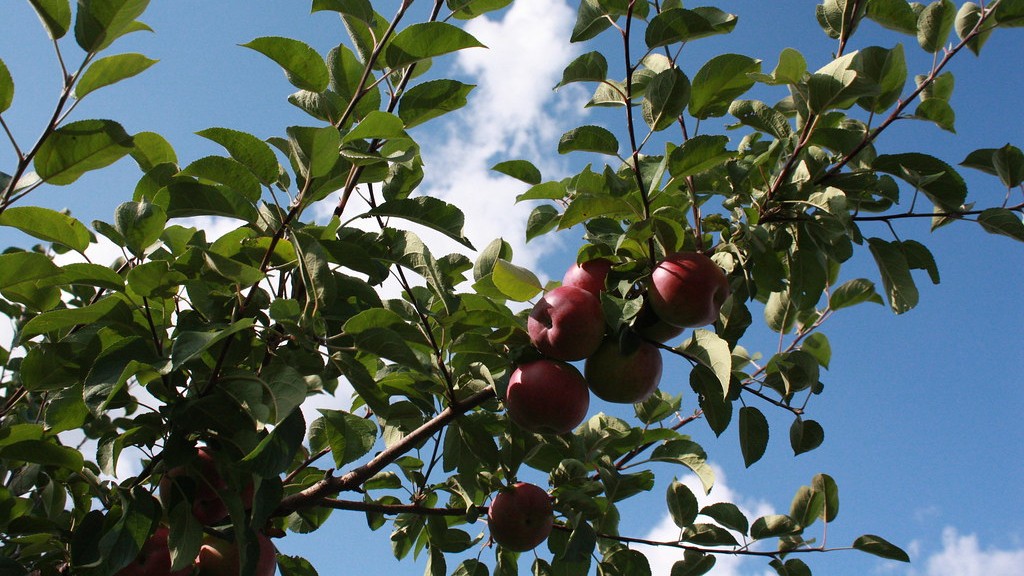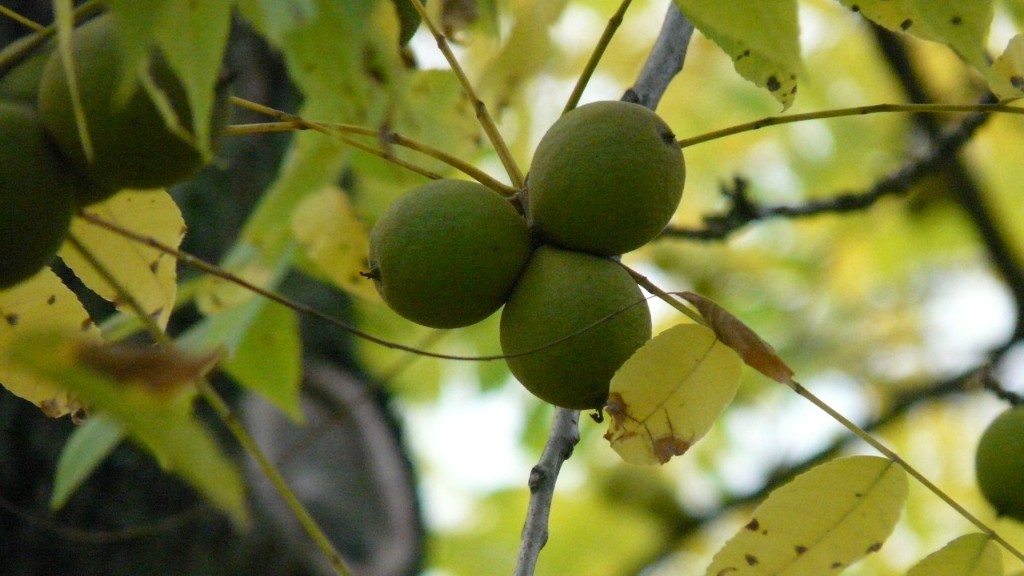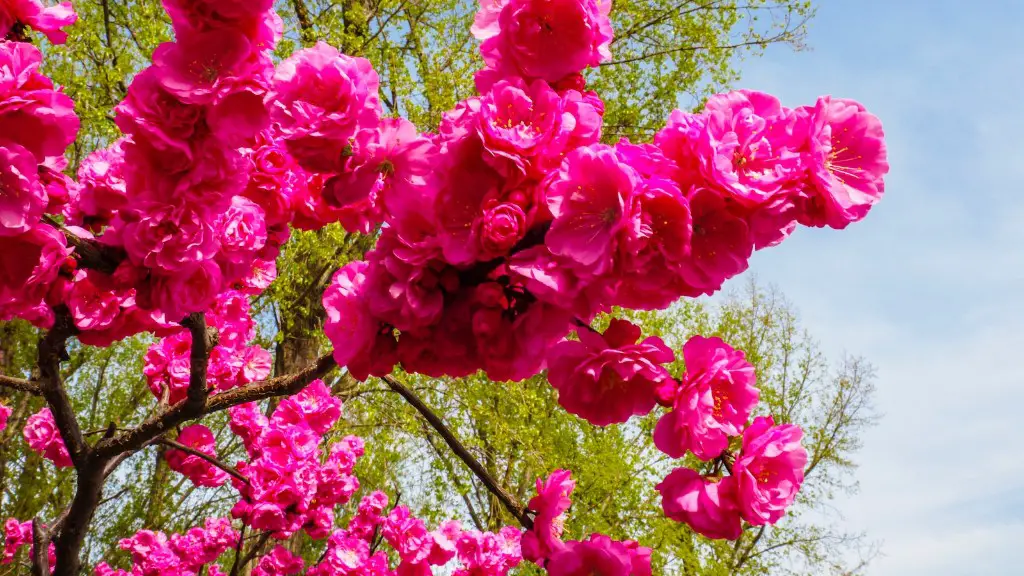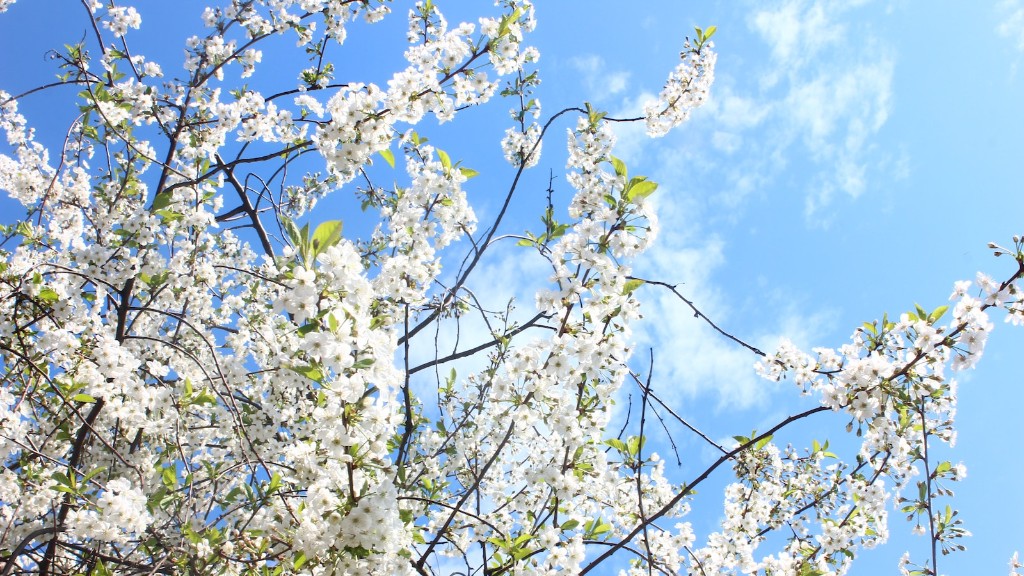Can you prune an Apple tree in blossom? It is possible to prune an Apple tree in blossom but should be done with particular caution and timing. Pruning an Apple tree while it is in blossom can have both positive and negative effects on the health and productivity of the tree. To properly prune an Apple tree in blossom requires a detailed understanding of the growth habit, anatomy, and physiology of the Apple and its environmental needs. Knowing when, how and why to prune an Apple tree in your garden can give you a thriving and bountiful harvest.
Growth Cycle
Apple trees go through a growth cycle from dormancy, bud break, blossom, fruit set and harvest. Each stage of the cycle has specific distinctions and is important to know when pruning to obtain the desired outcome. Generally, early summer, prior to the blossom stage, is the ideal time for pruning an Apple tree. Blossom time is usually considered too late, but if pruning is necessary due to drought or other reasons, caution should be taken. Removal of a large, healthy bud or bloom will interrupt the natural flow of energy and could have a negative effect on the harvest.
Pruning Tools
It is important to use the right tools when pruning an Apple tree. Bypass pruners are the best type of pruners to use because the blades make a clean cut, removing the least amount of bark, and reduce the likelihood of disease entering the tree. If you are pruning Apple twigs or branches it is advisable to use loppers as they are better suited for thicker branches. If it has been more than four years since your last pruning session, it is a good idea to remove some of the older, larger branches, as this will improve the shape of the tree.
Choosing Branches to Prune
When pruning Apple trees it is best to select branches that are healthy and not showing signs of disease. Look for branches that are weak, diseased, crossed or broken. It is important to remove the entire branch from the base of the trunk, not just the tip. It is also important to remove branches that are growing inward or close together as these will cause issues with air circulation and could create a breeding ground for pests. When cutting a branch near the trunk, make sure that the cut is above a bud or a thin union at the base of the branch.
Pruning Guidelines
When pruning an Apple tree, it is important to observe a few guidelines. Avoid cutting too much of the canopy and avoid over-pruning as this can weaken the tree and make it more susceptible to pests or disease. Keep the pruning pieces short, just a few inches and never leave a large stub as this can lead to rot. When making the cuts, make sure that the saw is sharp to reduce the likelihood of tearing or damaging the bark.
Effects on Harvest
Pruning an Apple tree in blossom can have an effect on the final harvest. While pruning can reduce overall yield, it can also improve the quality of the fruit by increasing air circulation and reducing the incidence of fungal diseases. Additionally, pruning may result in larger apples due to the increased availability of nutrients in the soil.
Branch Training
It is also possible to train branches to a desired shape while your Apple tree is in blossom. To do this, use a piece of leather or rope and tie the branch to a stake or trellis. As the tree grows, the branch will take the shape you have trained it to and will provide increased support and structure for the branches. You can do this with any branch, but the best time to do this is while the tree is in blossom as the branches are more pliable and supple.
Pruning Fruit Trees
Pruning fruit trees should be done with caution as it can have both positive and negative effects on the health and productivity of the tree. When pruning an Apple tree that is in blossom, remember to use the right tools and avoid over-pruning. Additionally, you may want to consider training branches to a desired shape with a piece of leather or rope. Lastly, pruning an Apple tree in blossom may decrease the overall yield of the harvest but can improve the quality and size of the fruit.
Effects of Wrong Pruning on Your Apple Tree
When pruning an Apple tree, it is important to know when, where and why to prune as incorrect pruning can have detrimental effects on the tree. Damaged branches can become stressed and weaken the tree, so it is important to use the right tools and make clean cuts. Additionally, pruning too much of the tree’s canopy may reduce the availability of photosynthetic material for the tree and can stunt the tree’s growth. Wrong pruning can also reduce the tree’s ability to withstand drought or other environmental stresses and can mean the difference between a healthy harvest and a poor one.
Best Time to Prune Your Apple Tree
The best time to prune an Apple tree is in early summer, prior to the blossom stage. While pruning an Apple tree in blossom may be necessary in some cases, it should be done with caution. Pruning too much in blossom or during the late season can reduce the size and quality of the harvest, so it is best to prune while the tree is in its dormant state. Pruning during dormancy will also reduce the amount of stress on the tree, allowing it to build up its strength for fruit production during the following season.
Pruning Your Apple Tree for Shape and Structure
When pruning an Apple tree, it is important to consider the shape and structure of the tree. Proper pruning will maintain good structure, keep the tree healthy and reduce the risk of disease or pests. Pruning should also be done on a routine basis as this prevents the tree from becoming overgrown and allows for good circulation within the canopy. When pruning for shape and structure, it is important to remove only dead, crossed or weak branches and to leave the larger, healthy limbs to provide support and structure for the tree.
How to Train Branches to a Desired Shape
Training branches to a desired shape can be done while the tree is in blossom. To do this, use a piece of leather or rope to tie branches to a stake or trellis and secure them in place. As the tree grows, the branch will take the shape you have trained it to, creating increased support and structure for other branches. Training is also possible when the tree is in blossom and is an effective way of improving the shape and structure of the tree without causing damage or stress.



